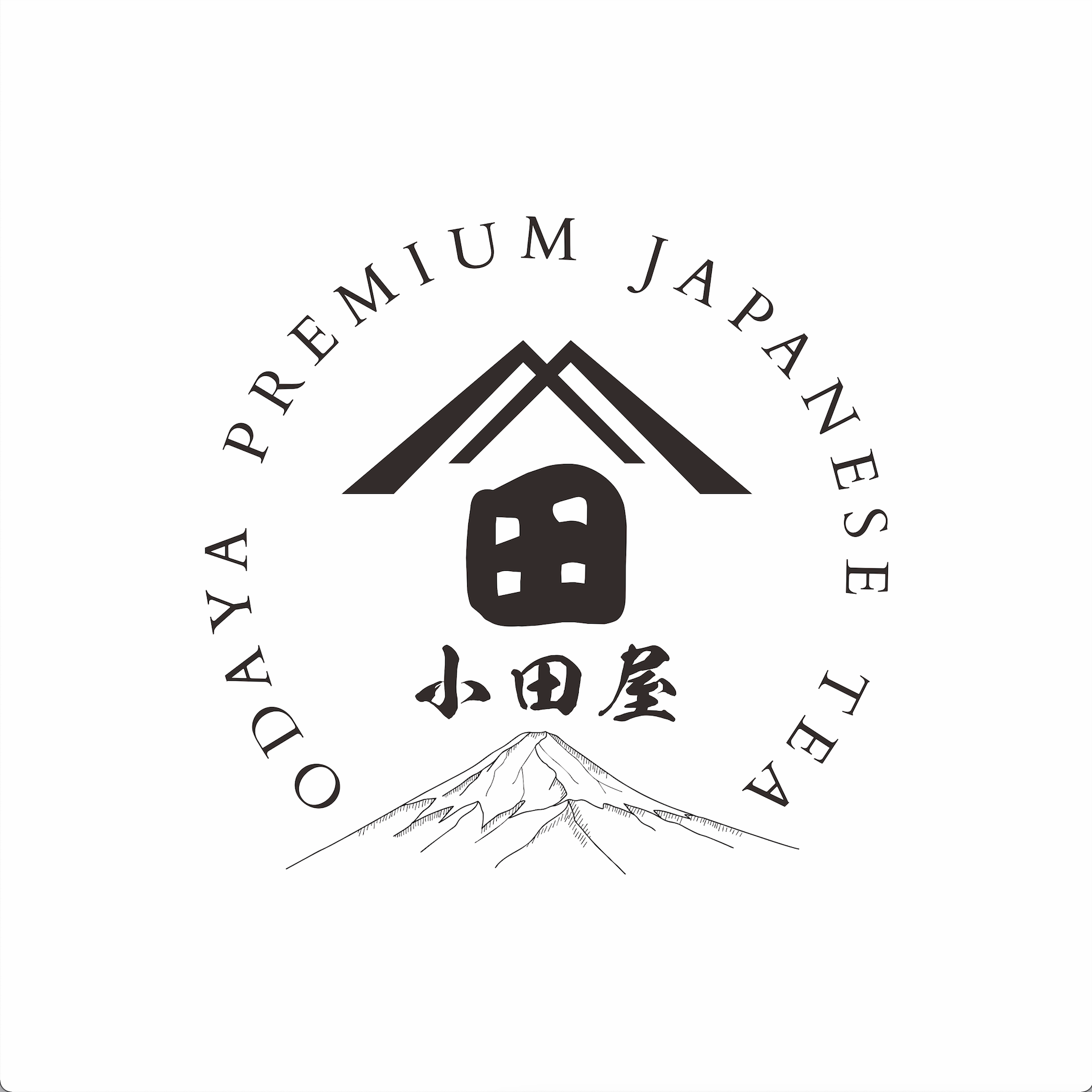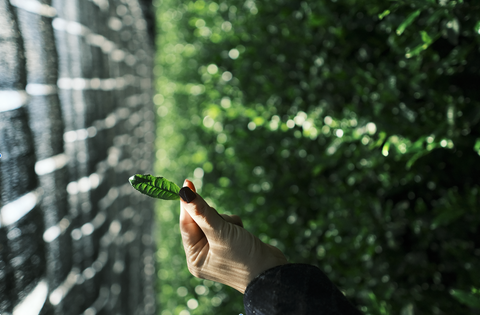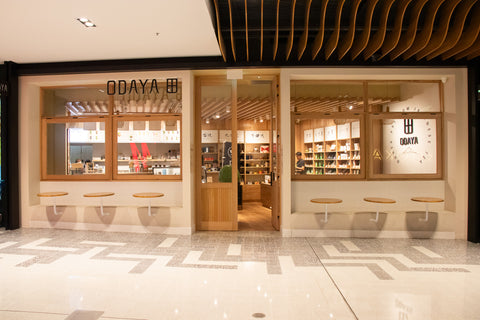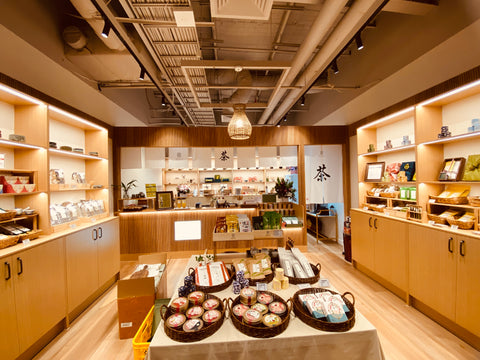History of Japanese Green Tea

1191-The Ryosenji (Ryosen Temple) in Higashiseburi Village, Saga Japan, is regarded as the cradle of Japanese tea cultivation. Minnan Eisai, a Zen Priest, took seeds from Sou, China, and planted them in the village's slopes. Eisai is claimed to have given three Tea Seeds to a prominent Buddhist Priest named Myokei Shonin and instructed her how to produce them. Tea cultivation extended north to Suruga (modern-day Shizuoka), resulting in Uji Tea, which is well-known all over the world today.
1504 -The method of steaming tea in ceramic pots gradually became popular in southern Japan after a ceramicist called Koureimin brought "Kama" (ceramic pots) from Ming China. This was also the start of Kyushu's ceramic ware culture, notably Aritayaki from Arita, Japan.
1593 - Hideyoshi Toyotomi erected the Nogoya Castle in Chinzei-cho (in Saga Prefecture) during the Momoyama Period (1573-1603). He built the "Chashitsu" (Tea Room) and polished the austere method of the "Tea Ceremony" in this castle. This chamber had four and a half bamboo mats (Tatami Mats), a bamboo pillar or column, and a view of bamboo from the room's window, according to the "Nikki," a historical chronicle of the Merchants of Hakatashi (Fukuoka Prefecture).
1651- The clearing of the Mt. Fudou forests in Ureshino town (Ureshino-cho) was proposed by Samurai Yoshimura Shinbey (a warrior of the Saga Feudal Domain), thus tea production and the development of the tea business began. Ureshino-cho, which was thought to have ideal growing conditions for tea, became the production center for tea in Japan. Mt. Fudou in Ureshino has a 300-year-old "Tea Tree" with a span of more than 80 metres that serves as a memorial to Yoshimura Shinbey (Father of Ureshino Tea) and is a National Historical Treasure of Japan.
1736- Kouyugai Baisaou (a Zen Priest) was born in Hasuike, Saga, Japan, and thought that green tea consumption should not be restricted to the wealthy. At the age of 64, he opened the first Tea Shop (Tsusentei) in Kyoto for the common people. As a result, the Japanese developed a rising interest in green tea, particularly Sencha tea. He passed away in Kyoto, Japan, on July 16th, 1763, at the age of 89.
1760- The export of Japanese green tea began during the Edo Period (1603-1868). Japanese Green Tea from Saga Prefecture was exported to Dutch businessmen (from the port of Nagasaki) as early as 1760. The port of Yokohama was officially opened to foreign trade by the Japanese government 99 years later (in 1859).
1853- Oura Kei, a well-known female trader from Nagasaki, is credited with being the first to export Japanese green tea. She distributed green tea samples to the United States, the United Kingdom, and Saudi Arabia through a Dutch commercial firm. The initial order for 6 tonnes of tea was made by an American trader. It was followed by an order of 60 tons from The United Kingdom. Oura Kei had to collect tea from all around Kyushu because the order was so huge.



